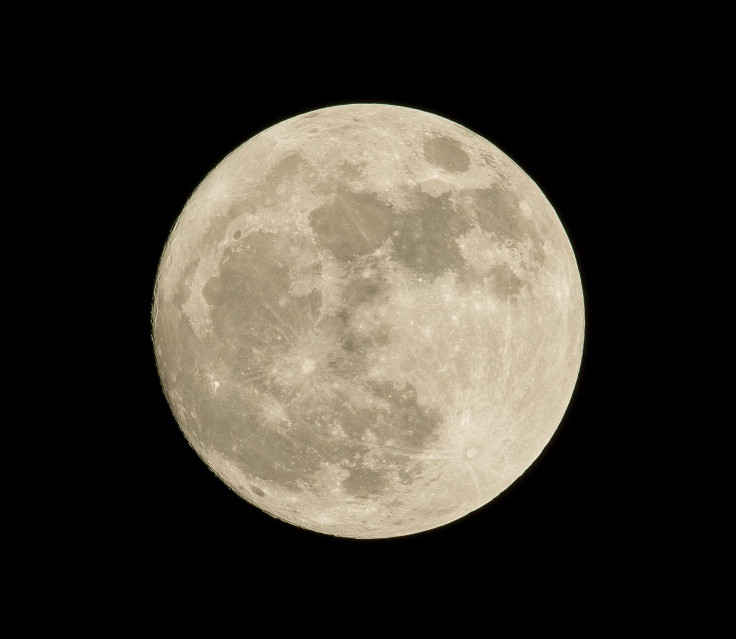Scientists Reveal What The Mysterious 'Gel-Like' Substance From Far Side Of The Moon Is

KEY POINTS
- China's Yutu 2 rover found an unexplained "gel-like" subtance on far side of the Moon
- Analysis of the mysterious substance reveals it is actually melted bits of Moon rock
- Researchers say the material resembles two samples returned by the Apollo missions
Scientists have finally figured out what the mysterious "gel-like" substance that was discovered from the far side of the Moon truly is. As it turns out, the material is actually melted bits of Moon rock.
It was in early 2019 when China's Chang'e lunar probe became the first spacecraft to land on the far side of the Moon. By September, China announced that the Yutu 2 lunar rover, which came with Chang'e, had come upon a dark-greenish "gel-like" substance at the floor of Von Kármán crater in the South Pole.
In an image of the center of the crater taken by Yutu 2's main camera, one can clearly see the strange material that's obviously different from the other surrounding rocks. It has a different color and appears to contain bright spots as if it is glistening.
First image of the far side of the Moon, taken by Luna 3 in 1959. pic.twitter.com/v1gQr7vcQ9
— Andrew Rader (@marsrader) July 5, 2020
This naturally caught the attention of many people and, scientists initially suspected that the 52 by 16 centimeter material was possibly made of rock. This suspicion has now been confirmed in a new study published in the journal Earth and Planetary Science Letters.
For the study, a team of researchers from China analyzed the data from Yutu 2's panoramic and hazard avoidance cameras as well as its Visible and Near-Infrared Spectrometer instrument. By using a process called spectral unmixing, the team was able to determine the likely composition of the material and determined that it was, indeed, melted Moon rock.
"It was formed by impact-generated welding, cementing and agglutinating of lunar regolith and breccia," the researchers wrote. Breccia is a rock that consists of broken fragments of rocks or minerals that have been cemented together.
Simply put, the mysteryious material was likely formed as a result of melting, possibly due to events such as a volcanic eruption or a meteor impact.
According to the researchers, the material resembles two of the lunar impact melt breccia samples returned by the Apollo missions, 15466 and 70099.
The findings are still not definitive because the measurements were taken under factors that are not ideal, including the bad illumination. It is believed that testing samples from the region would provide much more accurate results.
"We don't have samples from this region that would help inform the model parameters. For this reason, the precise regolith composition results presented in this paper may not be completely accurate," Dan Moriarty from NASA Goddard Space Flight Center, told Space.com.
© Copyright IBTimes 2025. All rights reserved.






















